Zion National Park is a breathtaking gem nestled in the southwest corner of Utah, attracting adventurers and nature lovers alike. This guide explores the park’s stunning viewpoints, unforgettable hikes, and essential tips to ensure a memorable visit. Whether it’s your first time or a returning adventure, there’s always something new to discover in Zion.
Introduction to Zion National Park
Zion National Park stands as one of the crown jewels of Southern Utah, boasting a remarkable blend of stunning landscapes and rich biodiversity. Nestled in the southwestern corner of the state, this park is not the largest in the U.S., but it certainly captivates millions of visitors each year with its dramatic canyons, towering cliffs, and vibrant ecosystems. The main attraction, Zion Canyon, draws outdoor enthusiasts and photographers alike, while lesser-known areas like East Zion and Kolob Canyons offer their own unique experiences for those willing to explore beyond the beaten path.
For travelers seeking a well-rounded adventure, staying in nearby vacation rentals, such as those offered by Stay Copper Rock, provides convenient access to both the iconic sights and hidden gems of this spectacular region.
Exploring the Watchman Trail
The Watchman Trail is a must-do for anyone visiting Zion National Park. This relatively easy hike starts at the Zion Canyon Visitor Center, offering stunning views of Springdale and the southern end of the park. Covering a distance of 3.3 miles (5.3 kilometers) with an elevation gain of 630 feet (192 meters), the trail winds alongside the Virgin River before leading up to Watchman Mountain.
Since this trail is not located within Zion Canyon, visitors do not need to take a shuttle to reach the trailhead. However, parking at the visitor center can fill up quickly, so it’s best to arrive early or later in the day. Once at the top, hikers will find a loop trail that culminates in breathtaking views of the valley below. It’s a perfect spot for photography enthusiasts!
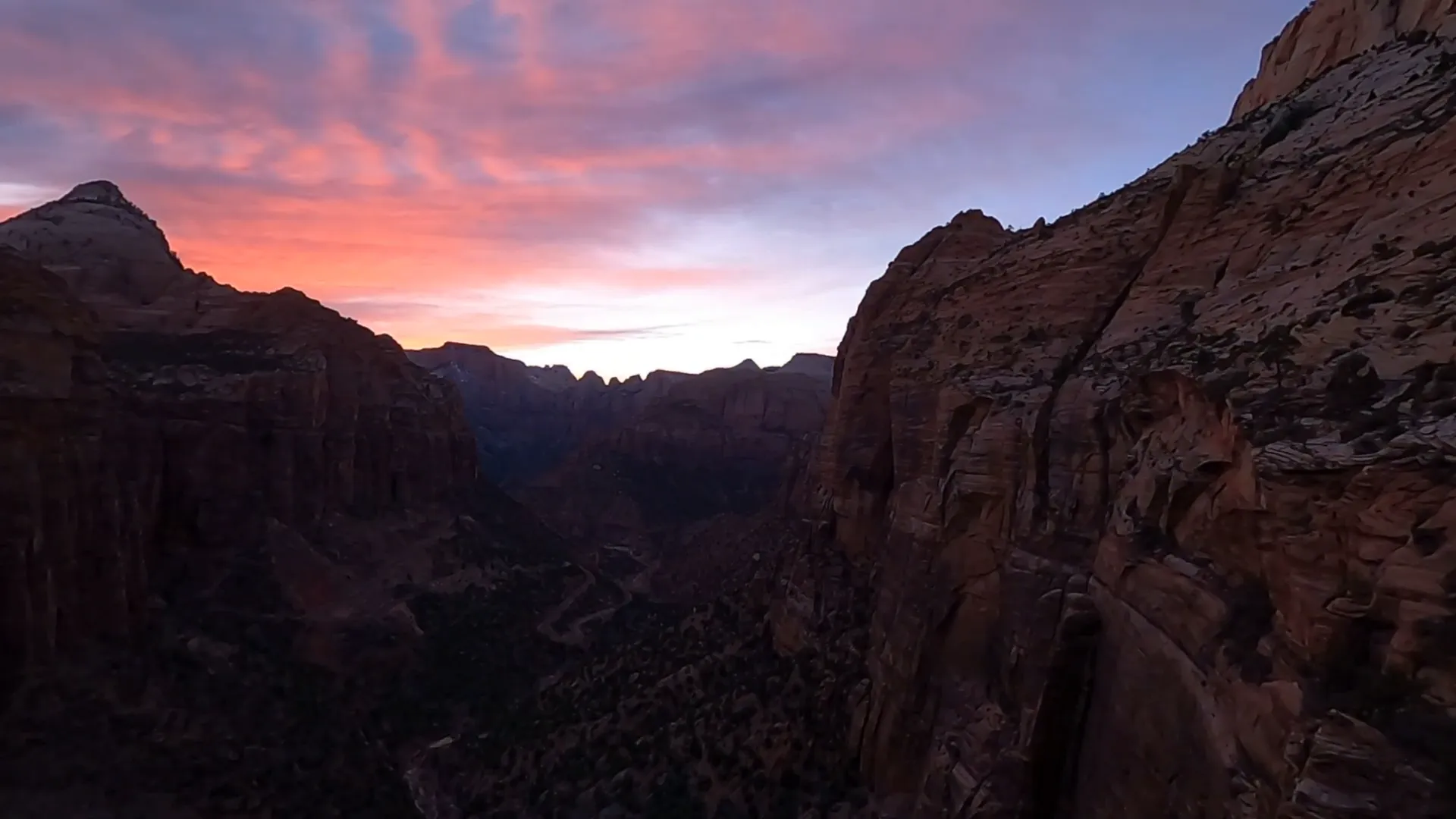
A Scenic Drive on the Zion-Mount Carmel Highway
The Zion-Mount Carmel Highway offers one of the most picturesque drives in the region. This scenic route traverses the park from the south entrance to the east, climbing up the mountainside and providing spectacular valley views along the way. A notable feature of this drive is the narrow tunnel that carves through the rock, which is not wide enough for RVs. Visitors driving larger vehicles should be prepared to pay a fee for traffic control while passing through.
After exiting the tunnel, the landscape transforms dramatically into rolling mountains painted in shades of orange and cream, dotted with pine trees. Numerous roadside pullouts allow travelers to stop and soak in the unique vistas, making it an ideal experience for those who love to explore at their own pace.
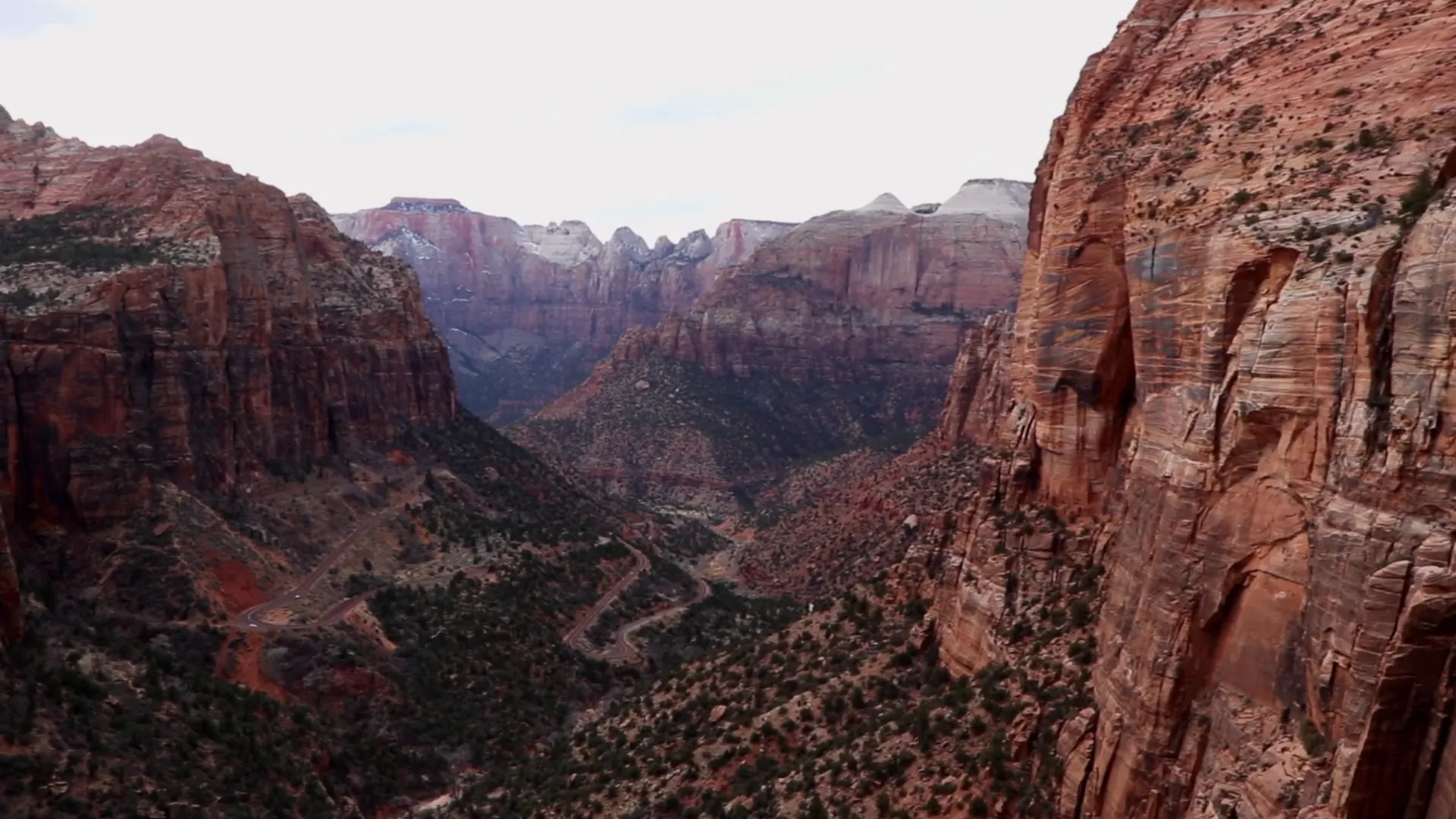
Canyon Overlook: A Sunset Experience
The Canyon Overlook Trail is a gem that shouldn’t be missed. This short yet rewarding hike measures just 1 mile (1.6 kilometers) and offers one of the best viewpoints in Zion National Park. Given its manageable distance, it’s an excellent choice for capping off a day of exploration.
To access the trailhead, visitors must drive through the Mount Carmel tunnel, with parking available immediately after the tunnel exit. Arriving just before sunset is recommended, as the sky transforms into vibrant hues of pink and orange, creating a breathtaking backdrop for photography. If the parking lot is full, there are overflow options and pullouts further down the road.
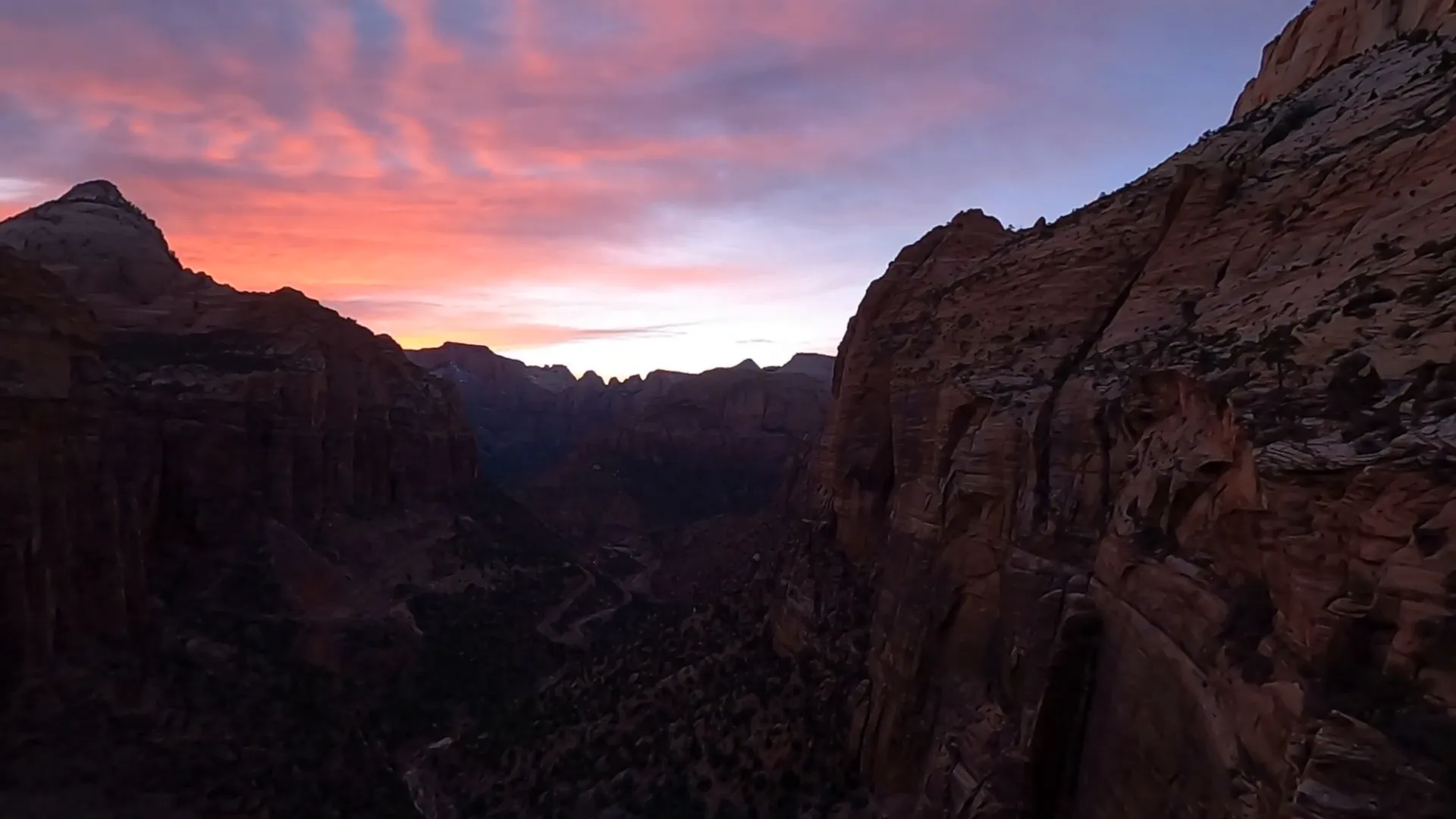
Hiking in East Zion
For those looking for a more remote experience in Zion, East Zion presents an array of hiking opportunities. Beyond the popular Canyon Overlook, visitors can explore various trails that cater to different skill levels. One notable hike is the Many Pools Trail, a 2.2-mile (3.7 kilometers) out-and-back route featuring an elevation gain of 545 feet (166 meters). This trail meanders through a wash, showcasing numerous small pools and diverse wildlife along the way.
For a truly jaw-dropping vista, the hike to Observation Point is a must. The easiest route is via the East Mesa Trail, which lies just outside the park near the East entrance. This round-trip hike spans 7 miles (11.3 kilometers) with minimal elevation change, making it accessible for many visitors. The panoramic views from the top are nothing short of spectacular.

Observation Point Hike: A Stunning Panorama
The Observation Point hike is an absolute must for anyone seeking breathtaking vistas of Zion Canyon. This 7-mile (11.3 kilometers) round-trip trek starts via the East Mesa Trail, which is conveniently located just outside the park’s East entrance. With minimal elevation gain, this hike is accessible for most visitors, yet it rewards them with some of the most spectacular panoramic views imaginable.
As hikers ascend, they will be treated to sweeping vistas of the canyon’s dramatic cliffs and the Virgin River snaking below. The trail is less crowded than many of Zion’s popular hikes, providing a more tranquil experience, allowing hikers to connect with nature in a serene setting. Be sure to pack plenty of water and snacks, as the journey can take several hours. The viewpoint at the top is the perfect place to relax, reflect, and capture unforgettable photos.

Navigating the Zion Canyon Shuttle
For those planning to explore Zion Canyon, understanding the shuttle system is crucial. Operating most of the year, the Zion Canyon Shuttle transports visitors through the park’s most popular sites, including the trailheads for the Emerald Pools and Angels Landing. The shuttle service leaves every 5 to 10 minutes from the Visitor Center, making it easy to hop on and off as desired.
During peak season, the shuttle can become crowded, so visitors should be prepared for potential lines. To make the most of the day, it’s advisable to arrive early and plan visits to popular trailheads during off-peak hours. For more information about the shuttle’s operating hours and any updates, visitors can check the park’s official website.
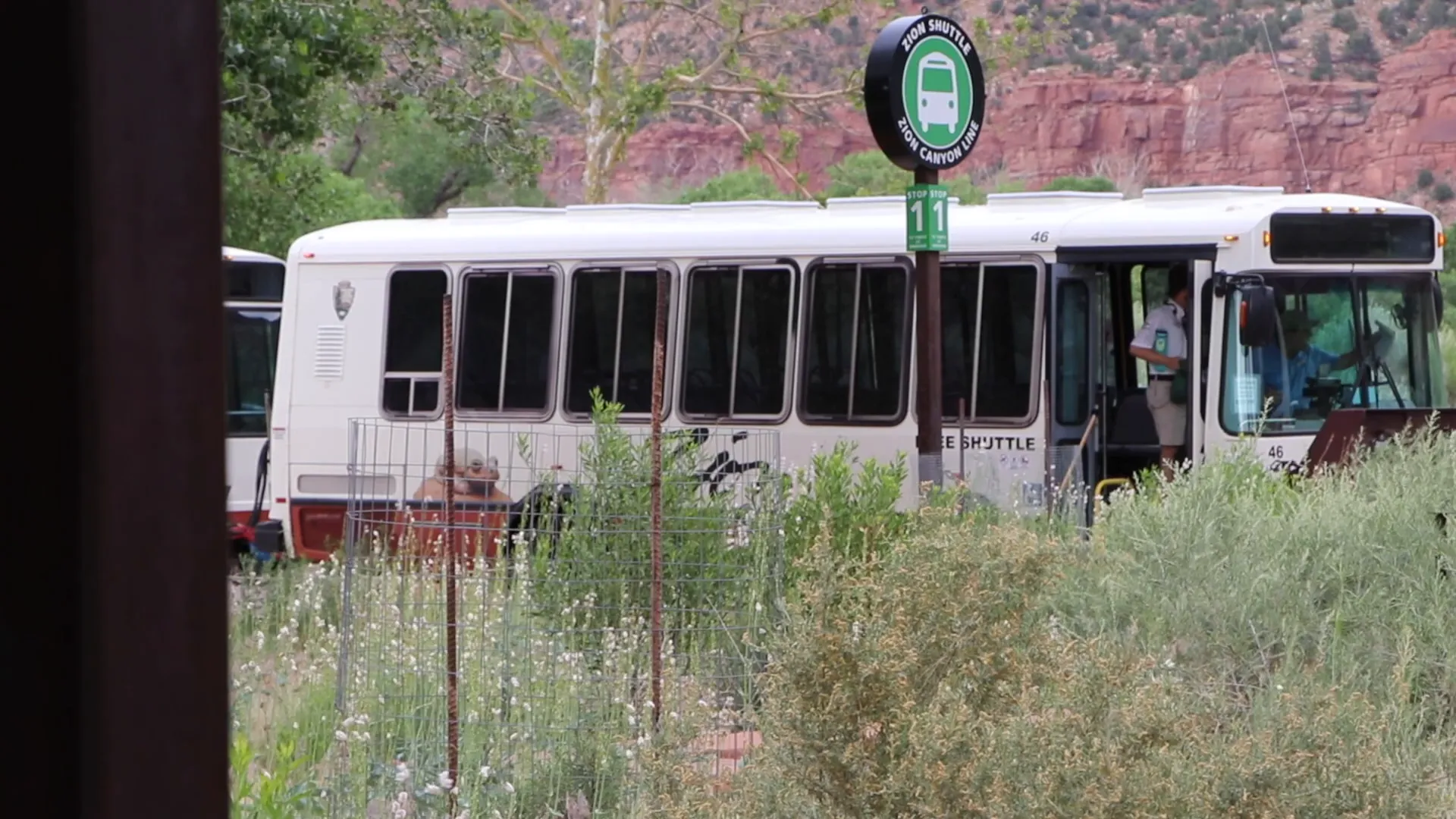
Emerald Pools: A Refreshing Escape
The Emerald Pools Trail is one of the most popular hikes in Zion, and for good reason. Starting from the Zion Lodge, the trail is well-marked and relatively easy, making it suitable for families and casual hikers. This hike leads to a series of stunning pools nestled within the canyon walls, offering a refreshing respite from the heat.
The journey begins with a gentle ascent, passing by a lovely waterfall before reaching the Lower Emerald Pool. From here, hikers can continue up to the Middle and Upper Emerald Pools for even more spectacular views. The vibrant colors of the water against the backdrop of the red rock cliffs create a stunning visual experience. For those looking for a more adventurous route, the trail can also be accessed via the Kayenta Trail and Grotto Trail, both of which provide different perspectives of the park’s beauty.
The Thrill of Angels Landing
Angels Landing is arguably the most exhilarating hike in Zion National Park, attracting thrill-seekers from around the globe. This 5-mile (8 kilometers) trail begins at The Grotto shuttle stop, following the West Rim Trail until reaching Scout Lookout. Here, the real adventure begins as hikers tackle the steep, narrow ridge leading to Angels Landing itself.
With chains installed along the most challenging sections, the trail provides both assistance and a sense of added excitement. The views from the top are simply unparalleled, offering a sweeping panorama of Zion Canyon below. However, this hike is not for the faint-hearted; hikers should be prepared for steep drop-offs and rugged terrain. Those planning to hike Angels Landing should check for any necessary permits and current trail conditions, as safety measures and regulations can change.
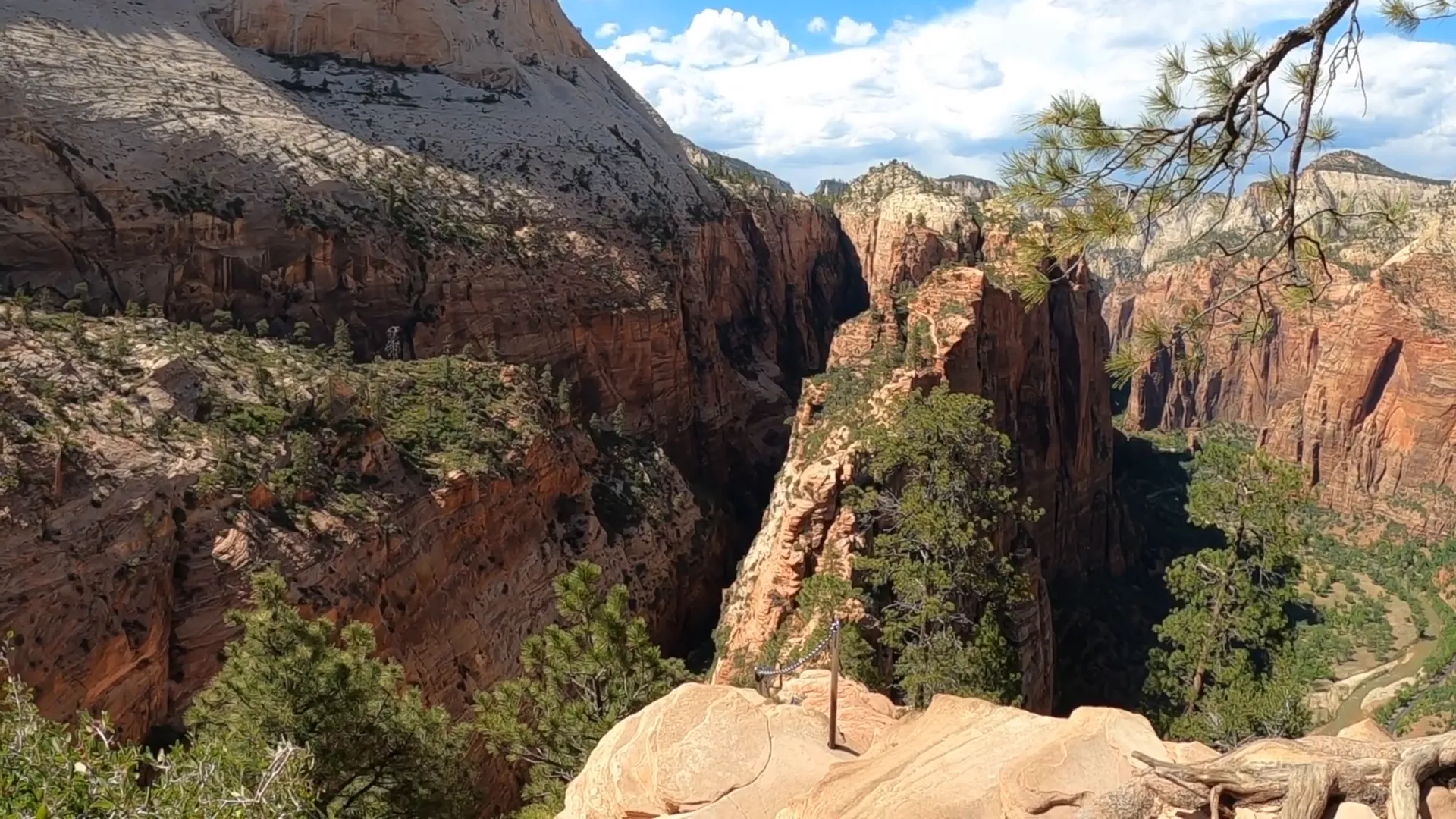
Essential Travel Tips for Zion National Park
When visiting Zion National Park, there are a few essential tips to keep in mind for a smooth experience. First, familiarize yourself with the park’s four entrances. The main entrance is through Springdale, providing direct access to Zion Canyon. However, visitors can also explore other sections like Kolob Canyons or the East Mesa Trail.
Second, always check the current conditions before embarking on hikes. Flash floods and rockfalls can lead to trail closures, so staying informed is key. Lastly, consider using an interactive travel planner to organize your itinerary. This can help streamline your experience and ensure you don’t miss any of Zion’s incredible attractions.

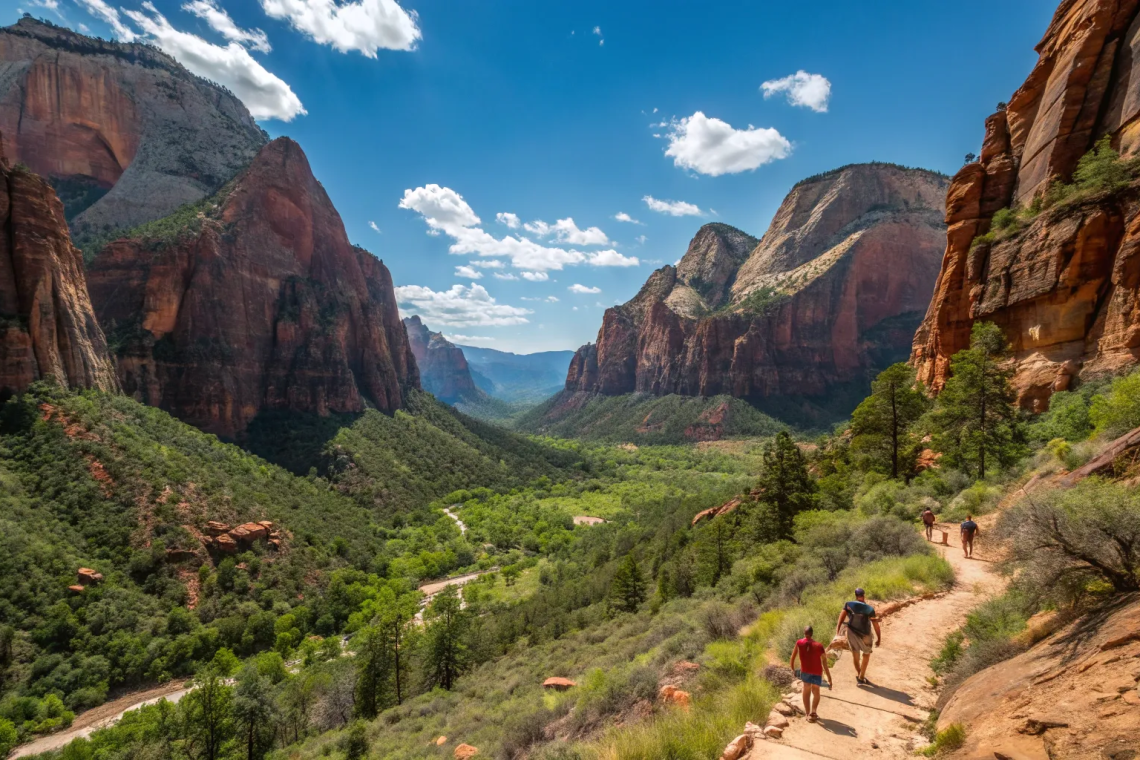







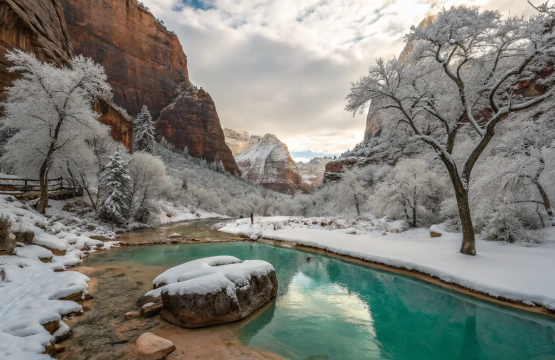
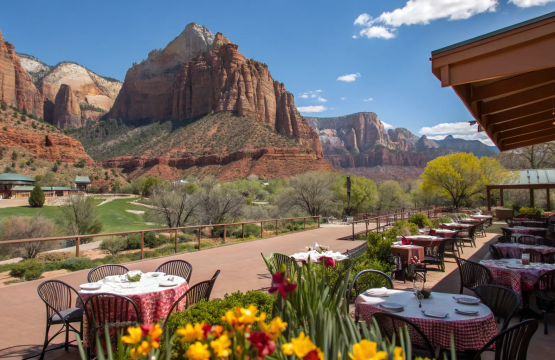
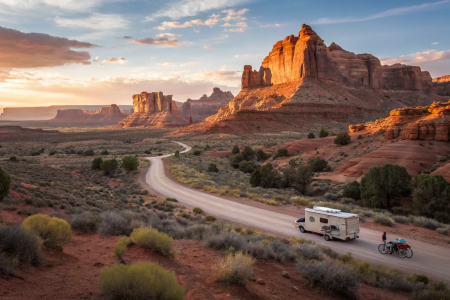
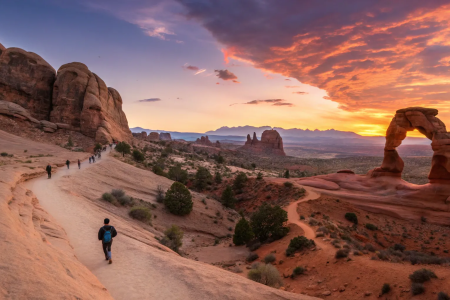
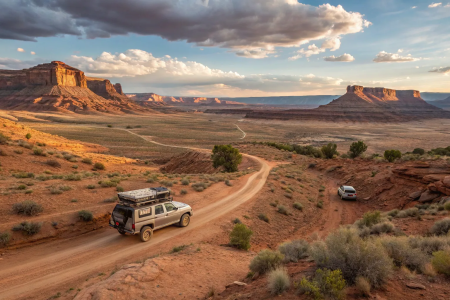

Join The Discussion